| description |
A boldly marked but variable species with a yellow or white dorsum and a [typically] dark brown to black color pattern. There are two parallel pale yellow-orange lines on the head, though this mark may not be as bold or visible on some individuals; the midline is pale. The body has three dark transverse bands- on the thorax, middle of the wings, and wing tip. The thoracic band extends across the upper part of the mesonotum/scutellum and the pronotum, a key characteristic for this species; the rest of the scutellum is yellowish. The side of the band facing the vertex typically fades into the head, which is whitish. The band across the wings typically is broad, though band width can vary among individuals and even be a truncated bowtie shape. In some adults, the median band can have a reddish-tinge. The wing tips are blackish, and there is a large black spot on the costal margin of each wing, though this spot sometimes blends in with the dark median band. The face and underside of the thorax are completely pale. Adults are 2.9-3.3 mm long. (Dmitriev & Dietrich, 2007)
Nymphs are pale with two incomplete blackish bands, one on the pronotum and the other on the base of the wing stubs.
For more images of this species, see: BG. |
Species Photo Gallery for Erythroneura tricincta Three-banded Leafhopper |
 | Photo by: Kyle Kittelberger, Brian Bockhahn, Paul Scharf, Patrick Coin
Halifax Co.
Comment: grassy area and mixed hardwood forest edge near pine forest | 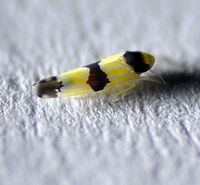 | Photo by: Paul Scharf
Warren Co.
Comment: Attracted to Black Light |
 | Photo by: Paul Scharf
Warren Co.
Comment: Attracted to Black Light | 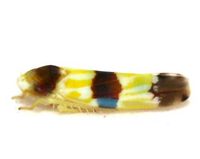 | Photo by: Kyle Kittelberger
Wake Co.
Comment: mixed hardwood forest |
 | Photo by: Kyle Kittelberger
Wake Co.
Comment: mixed hardwood forest | 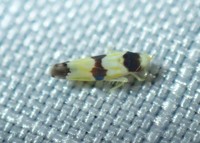 | Photo by: Rob Van Epps
Mecklenburg Co.
Comment: Attracted to ultraviolet light. |
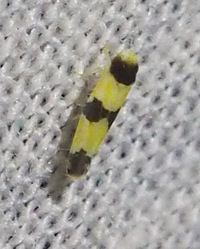 | Photo by: R Emmitt
Orange Co.
Comment: moth sheet - unid_leafhopper |  | Photo by: R Emmitt
Orange Co.
Comment: unid_leafhopper |
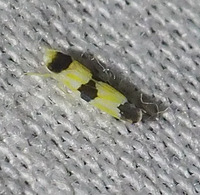 | Photo by: R Emmitt
Orange Co.
Comment: unid_leafhopper |  | Photo by: T. DeSantis
Durham Co.
Comment: ENRI |
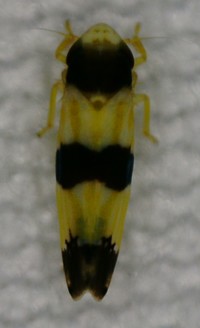 | Photo by: Tracy S. Feldman
Wake Co.
Comment: unid_leafhopper |  | Photo by: Vin Stanton
Buncombe Co.
Comment: semi-wooded residential neighborhood |
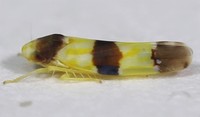 | Photo by: Rob Van Epps
Mecklenburg Co.
Comment: Attracted to UV light. Yard near woods. |  | Photo by: Rob Van Epps
Mecklenburg Co.
Comment: Attracted to UV light. Yard near woods. |
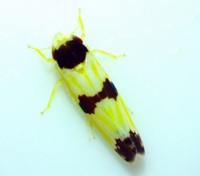 | Photo by: Ken Kneidel
Mecklenburg Co.
Comment: 2.8 mm female, came to UV light at night |  | Photo by: Ken Kneidel
Mecklenburg Co.
Comment: 2.8 mm female, came to UV light at night |
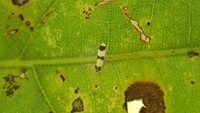 | Photo by: Erich Hofmann
New Hanover Co.
Comment: |  | Photo by: Erich Hofmann
New Hanover Co.
Comment: |
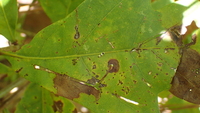 | Photo by: Erich Hofmann
New Hanover Co.
Comment: | 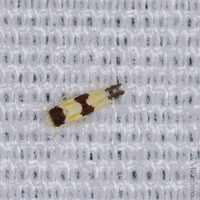 | Photo by: Lior Carlson
Orange Co.
Comment: |
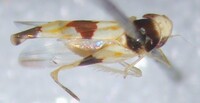 | Photo by: Bo Sullivan
Scotland Co.
Comment: | 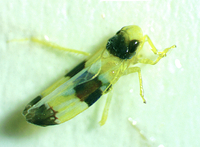 | Photo by: Ken Kneidel
Mecklenburg Co.
Comment: 3 mm male stuck on a tree band on Willow Oak |
 | Photo by: Ken Kneidel
Mecklenburg Co.
Comment: 3 mm male stuck on a tree band on Willow Oak |  | Photo by: Ken Kneidel
Mecklenburg Co.
Comment: 3 mm male stuck on a tree band on Willow Oak |
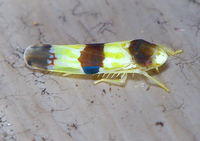 | Photo by: Jim Petranka
Madison Co.
Comment: |

 »
»
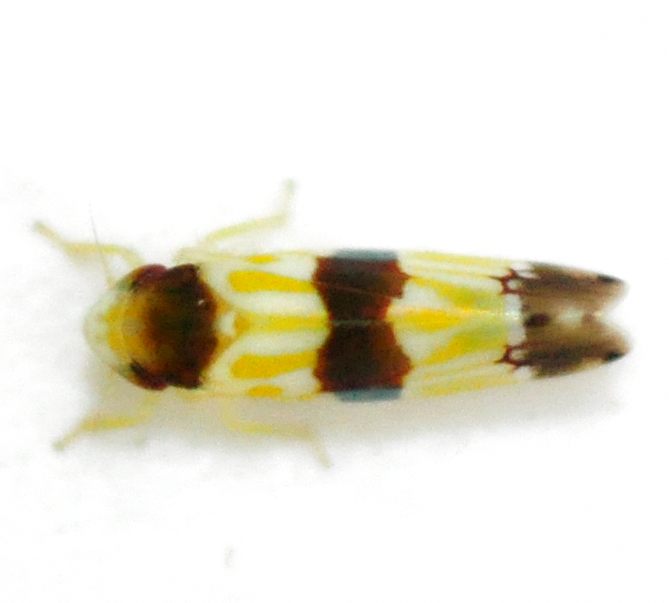
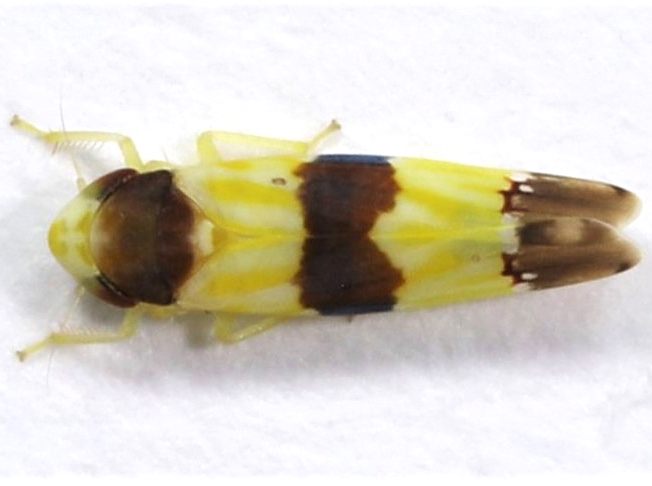

 »
»

